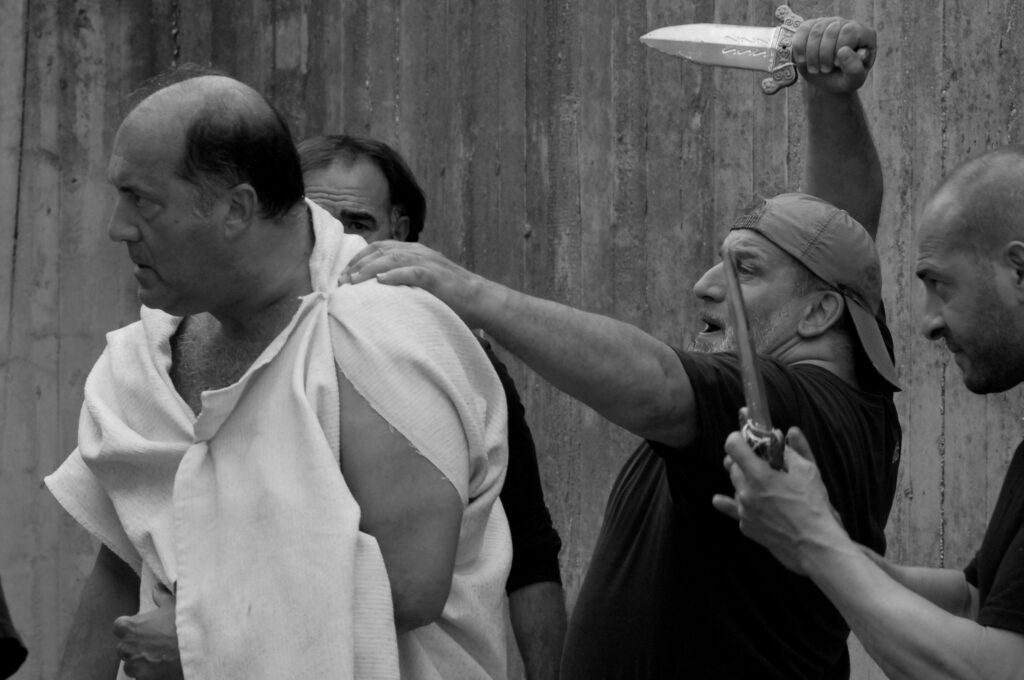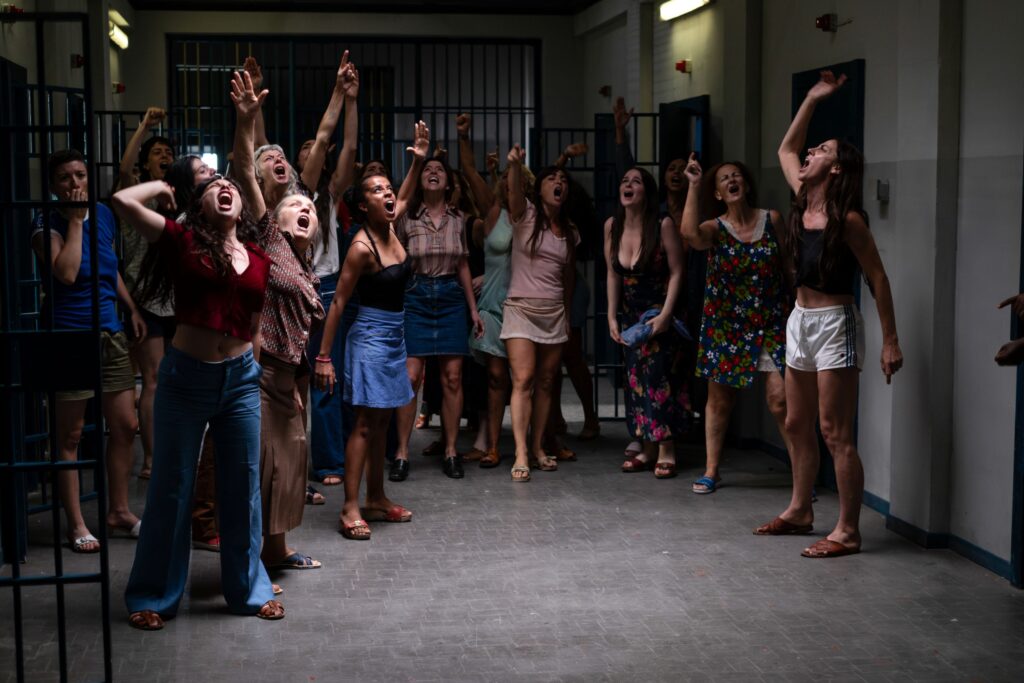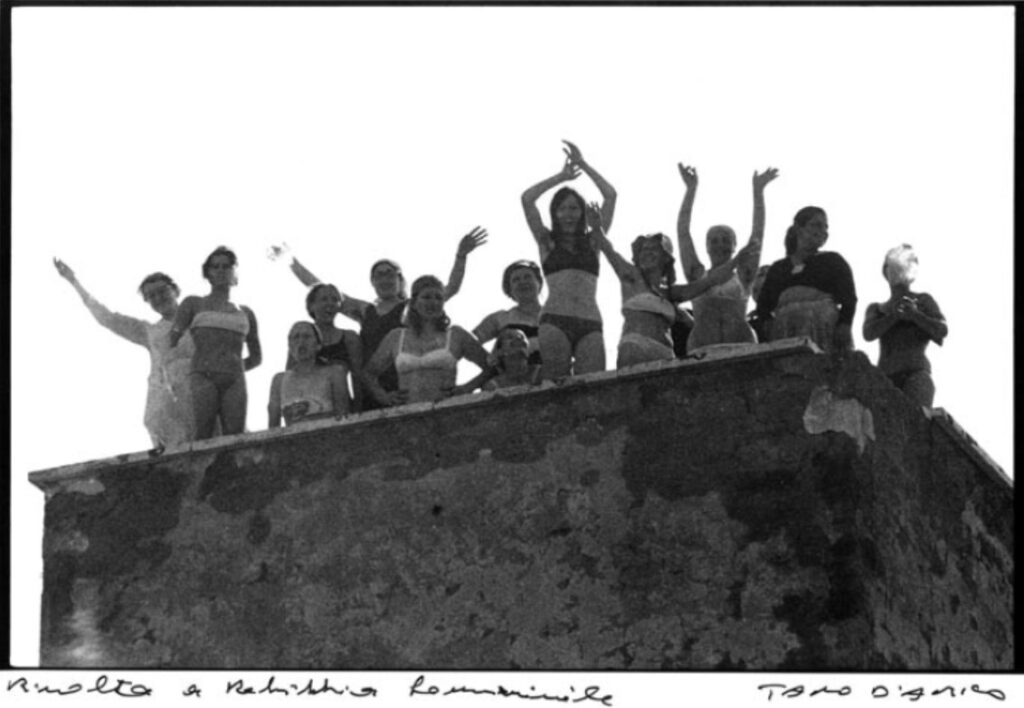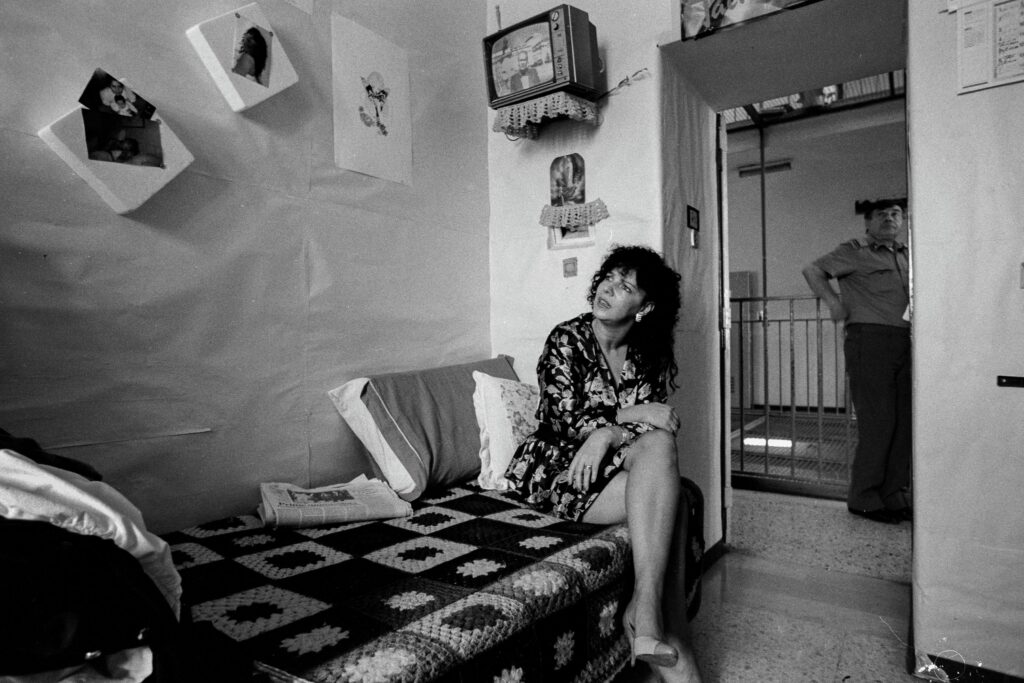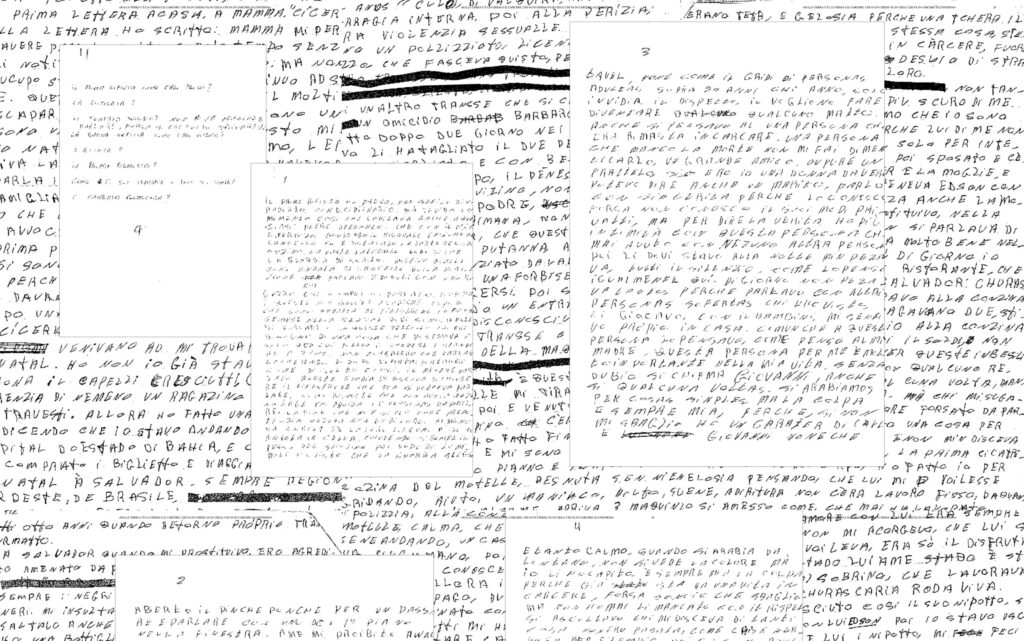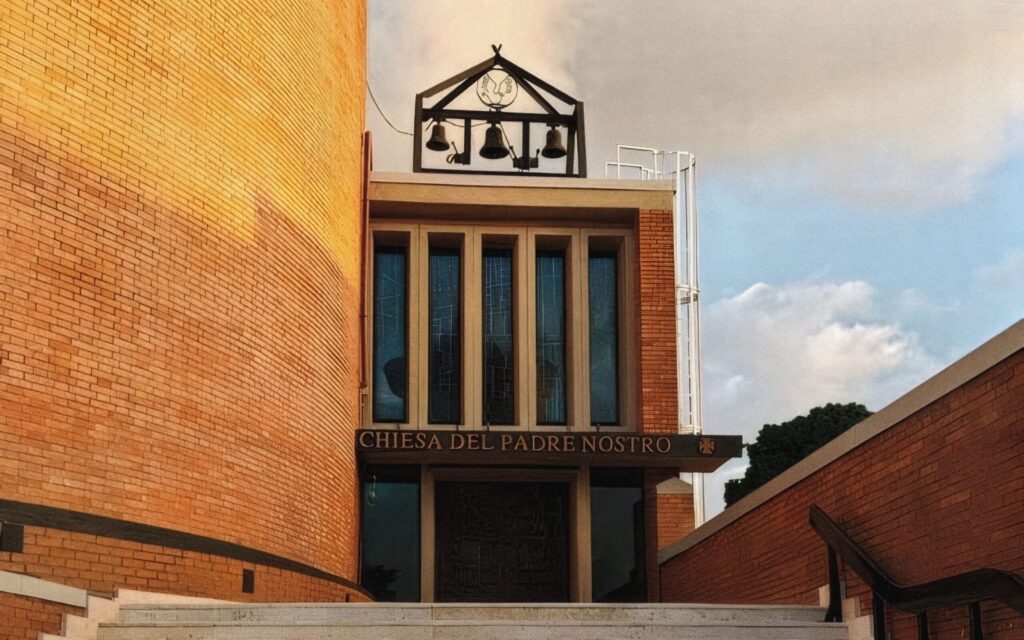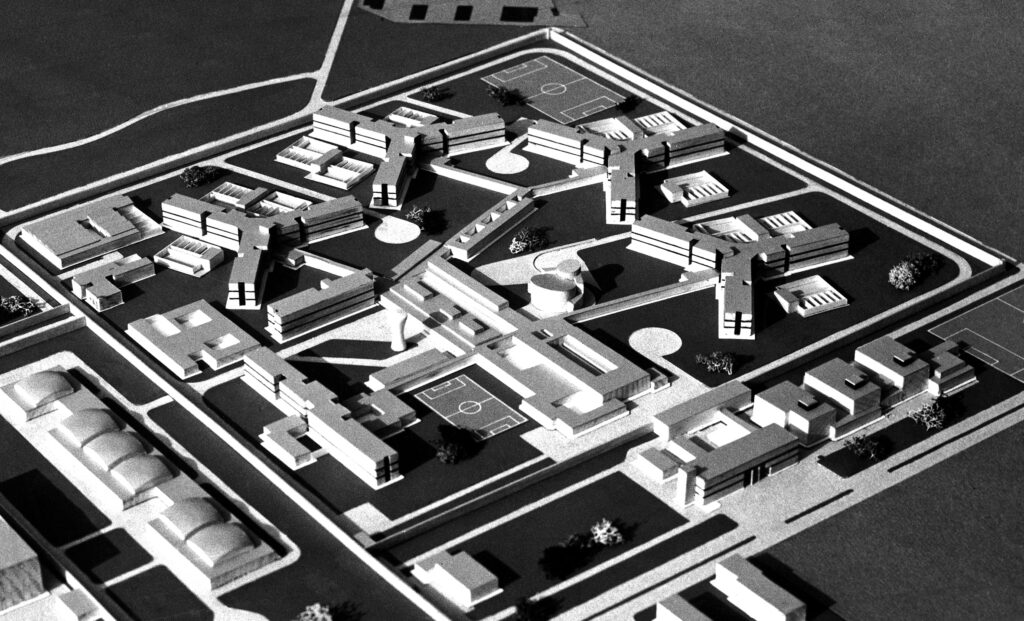“The Man of the Last Two Rounds” and “The Cyclone”: The Boxing Era at San Siro

The San Siro Stadium isn’t just the Scala of Football—it’s a Cathedral of Sport. Or at least, it was, before the construction of the third tier, and especially during the 1960s, when another sport was shaking the guts of Italians up and down the boot: boxing.
Those were years when people talked a lot about certain homegrown champions, all wrapped in stories, spotlights, and reputations—the kind that legends are famously built on. First among them: Primo Carnera, otherwise known as “The Walking Mountain,” the “Colossus with Feet of Clay,” the “Gentle Giant.” There’s no ambiguity in the champion’s epithets: nearly two meters tall, a Friulian weighing a ton, a circus sideshow freak turned wrestler. He was the first Italian to win a world title, in a historic match against the Lithuanian-American Jack Sharkey at Madison Square Garden—sent to the canvas twice (in the first and sixth rounds) and finally knocked out with a right uppercut. It was 1933, and Carnera was presented as a national hero. Comics, posters, newspaper articles: he was the invincible man. But all things eventually come to an end, and Carnera too, in the following years, lost his titles. What remained was the prestige savored by the Italian public, which had by then become both a fact and a kind of promise.
It was 1933, and Carnera was presented as a national hero—comics, posters, newspaper articles: he was the invincible man.
In Rome they fought at the Eur Sports Palace, in Milan at the Lido Sports Hall, and for the big occasions, at the San Siro Stadium. Two events stood out above all: the junior middleweight world championship in 1960 between Duilio Loi and the Puerto Rican Diego Ortiz, and the welterweight title match between Sandro Mazzinghi and the South Korean Kim-Soo Ki in 1968.
Precisely in those years, given the reputation of Italian boxers—Duilio Loi above all, Nino Benvenuti, Sandro Mazzinghi, Piero Tomasoni the “Hammer of Manerbio,” Domenico “Seo” Baccheschi, Dante “Dantone” Canè, Santo “Sante” Amonti, just to name a few—boxing was the national sport. So much so that many practiced it themselves, in damp basement rooms and bare gyms like the one in Rocco and His Brothers by Luchino Visconti, or Champions for Two Hours by Francesco Maselli, a short documentary filmed in a Roman after-hours gym and aired in 1957 for RAI’s Corto Reale program.

Such was the popularity—and the economic weight—that Vittorio Strumolo, president of the Sports Enterprises Company, sought to challenge the Americans for organisational dominance in boxing: Italy would host unforgettable World Championships. The great opportunity came with the rematch between Loi and Ortiz for the world title: September 1, 1960, at San Siro Stadium.
Looking at the reports and numbers, it’s hard to say exactly how many people attended that match. Some say fifty-five thousand, others sixty, others still eighty. What’s certain is that San Siro earned the European attendance record for a boxing match. But the numbers don’t really matter—they only reflect the anticipation for the fight. After all, just three months earlier at the Cow Palace in San Francisco, Ortiz had defeated Loi, winning the junior welterweight world title. The memory is searing for Duilio: two questionable slips by the Puerto Rican that were likely knockdowns not counted by the referee. The rematch was requested in a flash, and three months later Strumolo had San Siro ready.
The match started late—Loi had forgotten his mouthguard in Comerio, so they had to buy a new one, and half an hour passed. When the two entered, San Siro had only one name on its lips. The ovation for Duilio was such that Dino Buzzati, who wrote a memorable account of the match “as someone ignorant of boxing,” got the impression that Loi looked rather small. He’d imagined him tall and big, a mountain, just like Carnera. His reputation preceded him, so much so that tram drivers in the city stopped their trams to watch his matches on TV.
“He held up his right index finger, the nail broken and bleeding, and laughing, he said: ‘They say I have no heart. They say I don’t know how to fight.’”
The bout begins: at first, they study each other, Loi breaks up Ortiz’s actions and dodges his attacks. Ortiz is confident, relentlessly advancing with some infractions, including a hold in the third round, warned by the referee. The fight isn’t wild; the Italian seems in trouble. He’s thirty-one, after all, a good seven years older than his challenger. Ortiz’s grin seems to already know the outcome. Loi fires off dozens of punches—never flashy, but all dangerous. The stadium chants “Forza Gattone!” and the fight turns brutal.
But it’s in the tenth round that the “Big Cat” removes his mask: the Italian fighter is a tactical marathon runner. By then, the twenty-four-year-old Puerto Rican is as exhausted as he is bewildered: his opponent has outsmarted him for ten rounds, letting him take the initiative, and now the uppercuts coming out of the clinches hammer his sides like mallets, the wide hooks break through his guard, and the Puerto Rican, drained, seeks distance. Every spasm is revealed. Ortiz moves so much he knows every inch of the ring by heart. Escaping the Loi-octopus is impossible. The judges tally the scores. At midnight, Duilio Loi is junior welterweight world champion — and, as Buzzati reports in Corriere della Sera, leaning over the ropes, “He held up his right index finger, the nail broken and bleeding, and laughing, he said: ‘They say I have no heart. They say I don’t know how to fight.’”
Loi became the third Italian to win a world title, after Carnera and Mario D’Agata. A third fight followed, again at San Siro, on May 10 the following year. Loi changed tactics, and this time Ortiz was knocked down by a right in the sixth round. The win was unanimous. But it didn’t really matter: to the public, Loi was already “The Man of the Last Two Rounds.

It’s almost by a strange twist of fate that San Siro baptises heroes and champions. Anyone who passes through and wins there sets the myth-making machine in motion and ascends to the status of legend. Eight years after that fight—May 26, 1968—just two weeks after AC Milan had sewn their ninth scudetto onto the jersey, San Siro filled once again. In those years, the stadium would usually go dark after the league ended—but not this day. The two-ring bowl of San Siro filled under the muggy heat. Around thirty thousand welcomed a new challenger with a roar. Sandro Mazzinghi must have trembled. And yet they called him the “Gladiator,” the “Warrior,” the “Cyclone.”
We’re sure it wasn’t fear, but the roar of a crowd reserved for just a few boxers, a chosen few. The legs tremble beneath that roar. His opponent was Kim-Soo Ki, who just a few years earlier had taken the super-welterweight title from another Italian, Nino Benvenuti: famous like Carnera for his punching power, and the only Italian besides Loi to be included by the International Boxing Hall of Fame among the greatest boxers of all time. In fact, it was Benvenuti who, five years earlier and at San Siro, had knocked out Mazzinghi himself in under thirty minutes—one uppercut was all it took.
One thing remains undeniable: only the greats play at San Siro. This is a stadium that makes your legs tremble.
This fight has the epic quality of destiny. Only four years earlier, Mazzinghi had undergone surgery for a skull fracture. In the same car accident, he lost his wife, Vera Maffei, whom he had married just a few weeks before. His return to the ring between 1964 and 1965 is both heroic and tragic at once: he wins and loses in dramatic bouts, including the one against Benvenuti. Their rivalry reached its peak, and the 1968 San Siro match was the arena where, through a proxy opponent, the better Italian fighter would be decided.
For Mazzinghi, Kim-Soo Ki meant double redemption. First, for himself—for life and against it—to prove he was still in the game after the grim past years (and 1968 was his year: thirteen wins, ten by knockout). And second, a chance to settle the score with Benvenuti and reclaim a title he believed he lost under unfair conditions. In both cases, the match was the antechamber of glory. It was obvious from the start: the Korean weighed a bit more than he should—three kilos over the limit, and three kilos in a punch is no small thing. Mazzinghi didn’t care—and by the first round, his cheekbone was already swelling. By the second, his eyebrow split.
His older brother was in his corner, patching him up—a former champion himself who had quit to be Sandro’s trainer. Boxing in Italy then often had the flavor of small family stories, like many in the postwar years. Mazzinghi was from Pontedera, in the Pisan countryside, raised on hunger and a bicycle. Benvenuti grew up in Isola d’Istria—a town that became Yugoslav, then Slovenian—son of a fisherman and amateur boxer. Loi was of Sardinian-Triestine descent, raised in Genoa, and was said to have refused to go to the London Olympics after a coach banned his after-meal cigarette.
Round three: Mazzinghi squints his crooked eye, lowers his head, and seems to utter a spell. Kim-Soo Ki turns into a punching bag—still and inert. Twenty blows land in seconds, his legs buckle, his balance shatters. He falls. The fight seems over. When he gets up, he clings to the ropes, exhausted. One deep breath, and he turns back around. The fight continues for fifty minutes, but the public has already given its verdict. So have the judges.Sandro Mazzinghi is junior welterweight world champion. Boxing’s golden age ended soon after. It’s not that there aren’t great athletes today, but the public fascination, the mythology of champions, no longer holds sway as it once did. One thing, however, remains undeniable: only the greats play at San Siro. This is a stadium that makes your legs tremble.
